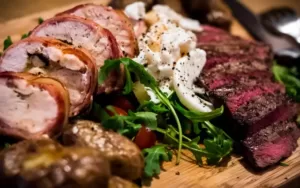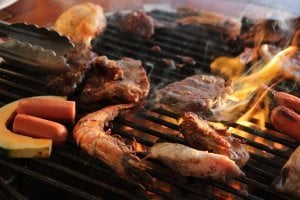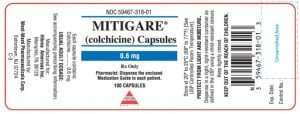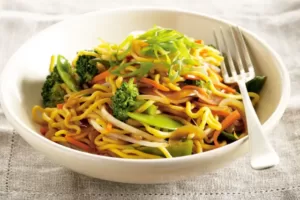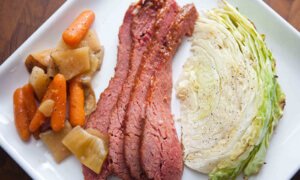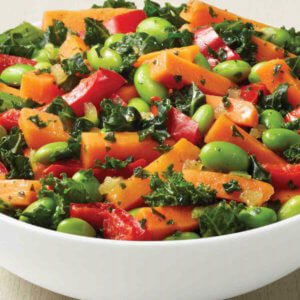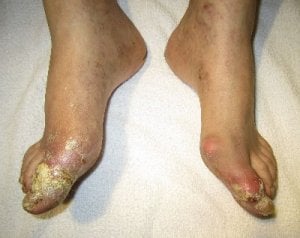All high purine foods used to be blamed for causing gout. Several years ago, studies of various aspects of purines started to raise questions about this assumption. “Purines” is a collective term, and many types of purine appear not to raise uric acid. In 2004, a landmark report showed no association between vegetable purines and gout. There are several interesting points raised by this study, but the most significant effect on gout diet is:
Purine-Rich Foods, Dairy and Protein Intake, and the Risk of Gout in Men
This is a layman’s summary of:
- Title:
- Purine-Rich Foods, Dairy and Protein Intake, and the Risk of Gout in Men.
- Authors:
- Hyon K. Choi, M.D., Dr.P.H., Karen Atkinson, M.D., M.P.H., Elizabeth W. Karlson, M.D., Walter Willett, M.D., Dr.P.H., and Gary Curhan, M.D., Sc.D.
- Published:
- N Engl J Med 2004; 350:1093-1103 March 11, 2004.
High Purine Foods Study Description
Various purine-rich foods and high protein intake have long been thought to increase the risk of gout. Similarly, recent studies have suggested that consumption of dairy products may protect against gout. We prospectively investigated the association of these dietary factors with new cases of gout.
Please note that prospectively does not mean the same in medical studies as it does in general language. A prospective study searches for associations in a selected population, in a similar way to a gold prospector searching for nuggets.
The investigation introduces gout as the most common form of inflammatory arthritis in men, affecting as many as 3.4 million men in the United States.1-2 Gout patients are often told to avoid high purine foods such as meats, seafood, high purine vegetables, and animal protein (as a substitute for purines),3-4, but links have never been studied. High protein diets may contain high levels of purines, but protein itself actually reduces uric acid4-6.
Several studies have suggested that high consumption of dairy products is linked to lower uric acid in the blood7-9. This is the first study to investigate the link between dairy consumption and gout. It is based on food intake reports from 47,150 men who had no history of gout at the start of the study.
High Purine Foods Study Methods
The study used a food-frequency questionnaire every 4 years for a 12-year period. Where men reported new cases of gout, they were tested using the gout criteria from the American College of Rheumatology.
For full details of the methods used in the high purine foods study, please see What Foods Are High In Purines?
High Purine Foods Study Results
730 confirmed new cases of gout occurred during 12 years. The increased risk of gout comparing highest meat intake to lowest, was 1.41, with 1.51 for seafood intake was. For dairy products, the incidence of gout decreased to 0.56, again comparing highest consumption to lowest. There was no link between gout and high purine vegetables or total protein intake.
For full details of the results of the high purine foods study, please see Purine Rich Foods To Avoid With Gout.
High Purine Foods Study Conclusions
Higher levels of meat and seafood consumption are associated with an increased risk of gout, whereas a higher level of consumption of dairy products is associated with a decreased risk. Moderate intake of purine-rich vegetables or protein is not associated with an increased risk of gout.
For full details of the conclusions from the high purine foods study, please see Foods High In Uric Acid And Purines.
Leave High Purine Foods Study Introduction to browse other gout diet research.
High Purine Foods Related Topics
Please remember: to find more related pages that are relevant to you, use the search box near the top of every page.
Common Terms: vegetable
Other posts that include these terms:
- Gout Foods Table for Vegetables
- Purine Rich Foods
- Gout Foods that help you recover faster
- Foods To Avoid With Gout
- Gout Foods: Zucchini and Gout
- Gout Vegetables
- Another Low Purine Foods List
High Purine Foods Study References
- Roubenoff R, Klag MJ, Mead LA, Liang KY, Seidler AJ, Hochberg MC. Incidence and risk factors for gout in white men. JAMA 1991;266:3004-3007
- Kramer HM, Curhan G. The association between gout and nephrolithiasis: the National Health and Nutrition Examination Survey III, 1988-1994. Am J Kidney Dis 2002;40:37-42
- Emmerson BT. The management of gout. N Engl J Med 1996;334:445-451
- Fam AG. Gout, diet, and the insulin resistance syndrome. J Rheumatol 2002;29:1350-1355
- Gibson T, Rodgers AV, Simmonds HA, Court-Brown F, Todd E, Meilton V. A controlled study of diet in patients with gout. Ann Rheum Dis 1983;42:123-127
- Matzkies F, Berg G, Madl H. The uricosuric action of protein in man. Adv Exp Med Biol 1980;122:227-231
- Loenen HM, Eshuis H, Lowik MR, et al. Serum uric acid correlates in elderly men and women with special reference to body composition and dietary intake (Dutch Nutrition Surveillance System). J Clin Epidemiol 1990;43:1297-1303
- Garrel DR, Verdy M, PetitClerc C, Martin C, Brule D, Hamet P. Milk- and soy-protein ingestion: acute effect on serum uric acid concentration. Am J Clin Nutr 1991;53:665-669
- Ghadirian P, Shatenstein B, Verdy M, Hamet P. The influence of dairy products on plasma uric acid in women. Eur J Epidemiol 1995;11:275-281
Please give your feedback
Did this page help you? If yes, please consider a small donation. Your donations help keep GoutPal's gout support services free for everyone.
If not, please tell me how I can improve it to help you more.
- YouTube
- The gout forums.
